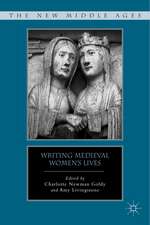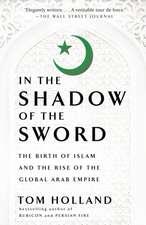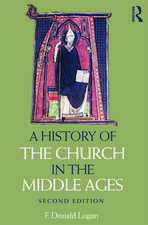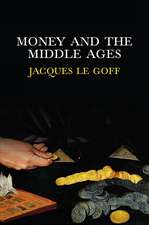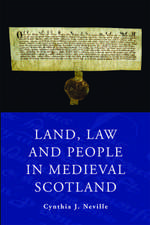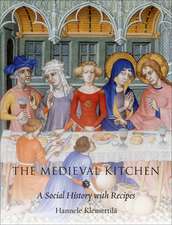Crusading as an Act of Vengeance, 1095–1216
Autor Susanna A. Throopen Limba Engleză Hardback – 28 feb 2011
| Toate formatele și edițiile | Preț | Express |
|---|---|---|
| Paperback (1) | 385.62 lei 6-8 săpt. | |
| Taylor & Francis – 30 iun 2020 | 385.62 lei 6-8 săpt. | |
| Hardback (1) | 820.32 lei 6-8 săpt. | |
| Taylor & Francis – 28 feb 2011 | 820.32 lei 6-8 săpt. |
Preț: 820.32 lei
Preț vechi: 1140.70 lei
-28% Nou
Puncte Express: 1230
Preț estimativ în valută:
156.96€ • 164.33$ • 129.88£
156.96€ • 164.33$ • 129.88£
Carte tipărită la comandă
Livrare economică 08-22 aprilie
Preluare comenzi: 021 569.72.76
Specificații
ISBN-13: 9780754665823
ISBN-10: 0754665828
Pagini: 242
Dimensiuni: 156 x 234 x 21 mm
Greutate: 0.48 kg
Ediția:New.
Editura: Taylor & Francis
Colecția Routledge
Locul publicării:Oxford, United Kingdom
ISBN-10: 0754665828
Pagini: 242
Dimensiuni: 156 x 234 x 21 mm
Greutate: 0.48 kg
Ediția:New.
Editura: Taylor & Francis
Colecția Routledge
Locul publicării:Oxford, United Kingdom
Cuprins
Crusading as an Act of Vengeance, 1095–1216
Notă biografică
Susanna A. Throop received her Ph.D. in History in 2006 from the University of Cambridge, where she was a Gates Cambridge Scholar from 2001 to 2005. She completed her dissertation "Vengeance and the Crusades, 1095-1216" under the supervision of Jonathan Riley-Smith, then Dixie Professor of Ecclesiastical History at Emmanuel College. Now Assistant Professor of History at Ursinus College, Collegeville, PA, USA, she is interested in interdisciplinary perspectives on religion, violence, ideology and emotion in the High Middle Ages, particularly in the context of the medieval crusading movement. In addition to a number of articles, her publications include a collection of essays co-edited with Paul R. Hyams: Vengeance in the Middle Ages: Emotion, Religion and Feud (Ashgate, 2010).
Recenzii
... a very thoughtful and well-written work. ... This excellent study provides further evidence that crusading was first and foremost a religious activity. Speculum '... in Crusading as an Act of Vengeance, she [Throop] has done a valuable service to scholars who wish to tackle the crusades and the dilemma of religious violence.' Reviews in History 'In a closely argued, lucid, and thoughtful study of the motif of vengeance in the formative century of crusading practice and discourse, Susanna Throop has made an important contribution to our understanding of the place of the crusade within twelfth-century culture; of crusading’s rhetorical dimensions; and of the ways in which it exploited a wide range of social, political, historical, and textual referents to create and sustain its impact on numerous people’s imaginations.' Catholic Historical Review '... Throop has usefully and suggestively rearranged the chronology and textual focus of the use of the rhetoric of vengeance to justify crusade violence with clarity and care.' English Historical Review 'This is an important contribution. Its novel approach and new interpretation enriches the studies of crusading and the study of religious violence in general. Throop’s work opens the way for further research that would integrate the overall historiography of the twelfth-century with our evolving understanding of twelfth-century crusading.' Parergon 'Susanna Throop’s monograph offers a careful consideration of the idea of spiritual vengeance in the long thirteenth century, taking Pope Innocent III ’s death in 1216 as her closing point. It is a book full of interesting insights and thought-provoking evidence ... Ashgate have strengthened its reputation as a foremost publisher of crusading scholarship.' French History
Descriere
To date, historians of the crusades have not thoroughly investigated the theme of crusading as an act of vengeance, despite its frequent appearance in crusading sources. This has led to inaccurate assumptions regarding the nature of medieval vengeance and the role that various cultures of vengeance played in the crusading movement. This volume revises those assumptions and creates new understanding of how crusading was conceived as an act of vengeance in the context of the changing social patterns and values of the twelfth and early thirteenth centuries.



